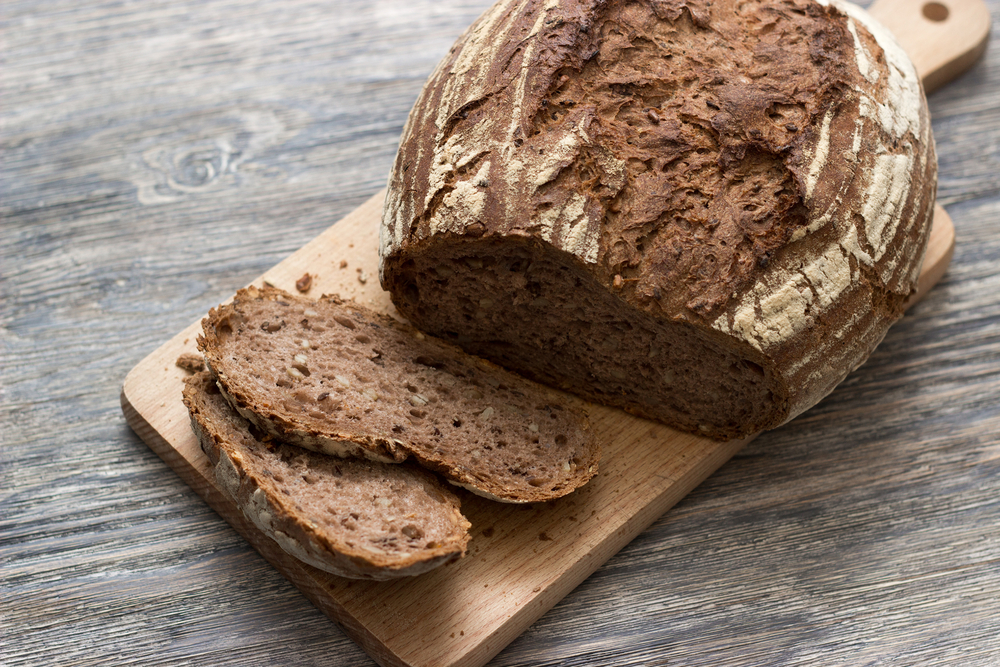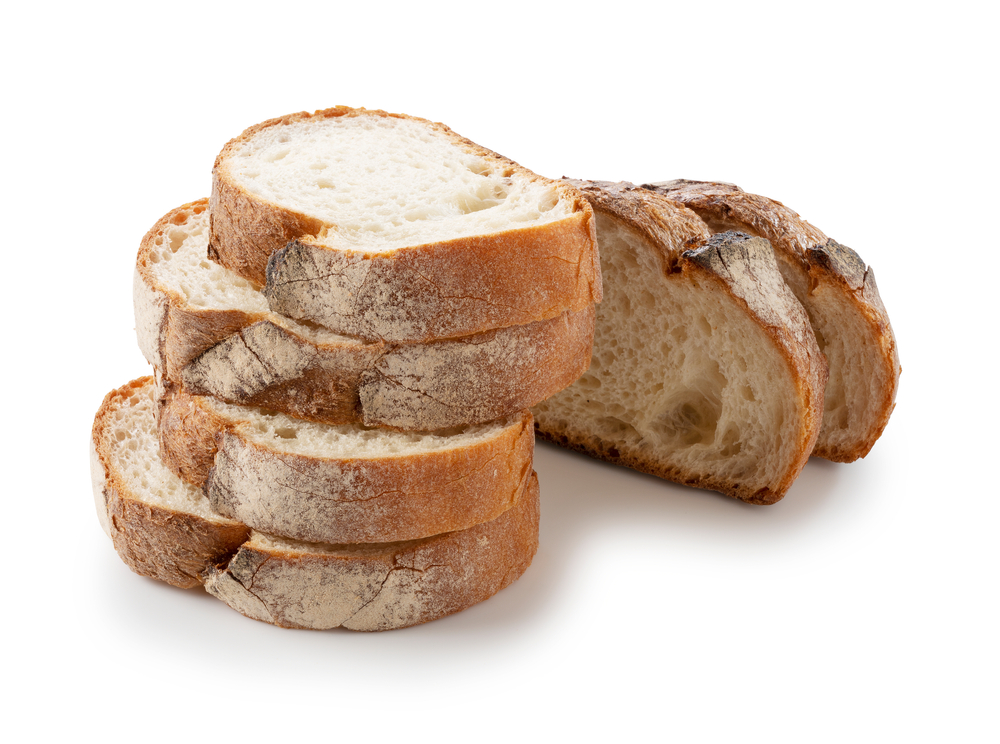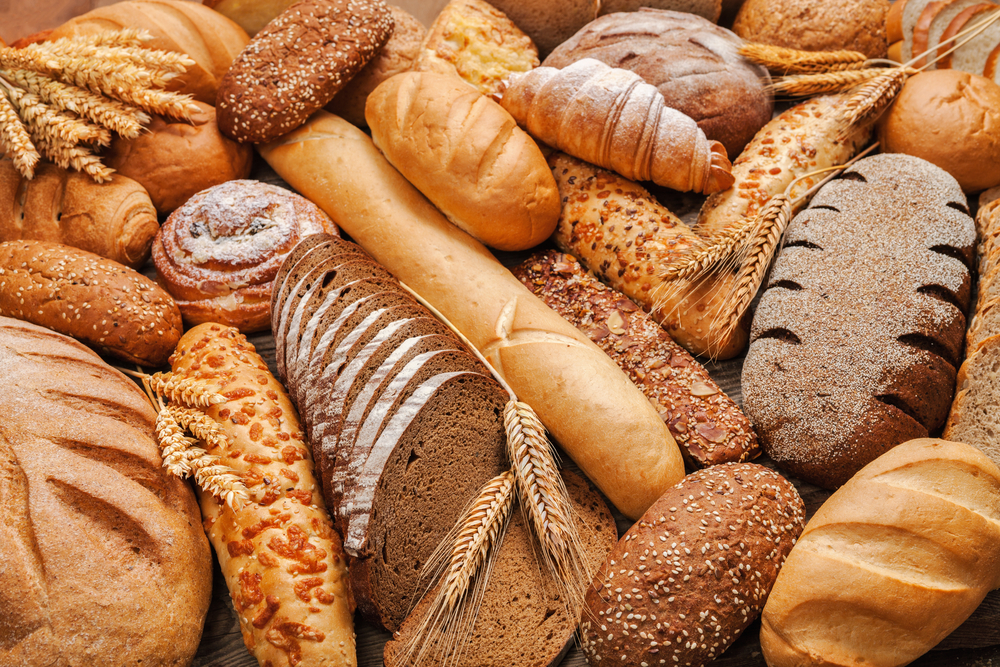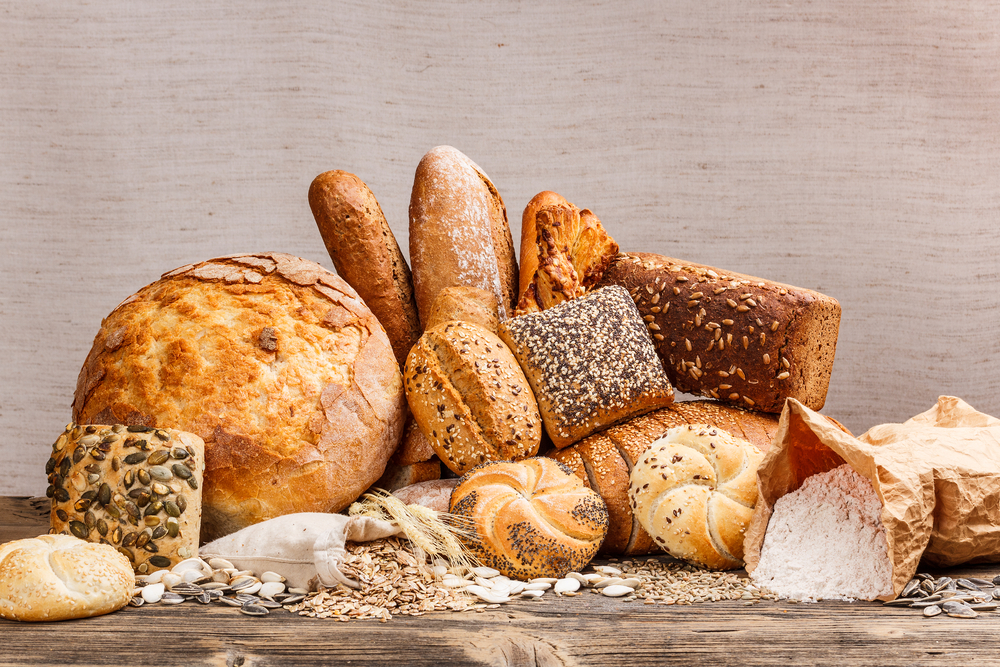The worst thing about having to store bread is watching the bread get stale before you can finish the bad. Bread goes bad super easily, and unfortunately when it does, becomes inedible due to the number of bacteria present on the bread. Bread it more likely to get stale if the bag gets left open for an extended period and will unfortunately affect the taste and the texture of the bread.
Bread gets hard because the water in the bread migrated to places such as the crust, leaving the middle much harder than it was before.
The Science of Staleness
Staleness is a concept that affects most grains, where it severely affects the textures and the flavors of the grain at hand. Luckily, it’s an easy scientific concept and is avoidable for the most part.
Bread gets stale easily and has a very short shelf life when compared to other grains. Bread that is store bought will last about a week before starting to get stale, and homemade bread only has a shelf life of about 4 days. This extremely short shelf life is because breads moisture leaves the center of the bread and heads toward the crust.

But why does this water migrate? When bread is made, the heat from baking allows the starch to open up and absorb more water, giving bread its soft middle part. But when it is exposed to oxygen, the clock starts ticking as the starch forces the water out.
This pushes water towards the crust of the bread, leaving the center hard and flavorless.
How Can You Soften Stale Bread?
Wrap a wet towel around the bread, place it on the baking rack in the over. Set the oven at 300-325 degrees Fahrenheit and wait about 7 minutes. Your bread should be much softer once it comes out!
How Can I Keep My Bread from Getting Stale?
The best ways to keep bread from getting stale is to invest in an airtight container. Available on Amazon, the airtight containers keep oxygen away from the bread, giving it an extra layer of protection from staleness. Keeping the inside dry and storing your bread in their will increases the shelf life significantly.
If you don’t want to make that investment, you should make sure your bread is sealed every time you put it up, as the decreased exposure to air will prevent the bread from getting stale prematurely.
While some home remedies suggest plastic wrapping or putting your bread in foil, this will affect the texture of the crust due to trapped moisture, but it will come back if you toast it.
Do not store bread in the fridge, the excess of the moisture will severely impact the texture of the bread and increases the risk of mold growing on the bread.

Another easy fix to bread becoming stale is to watch what kind of bread you’re buying. White bread tends to go stale the fastest, but sourdough bread has been proven to have a longer shelf life than every other type of bread. If you notice that you’re having trouble getting through a pack before it gets stale, you could invest in sourdough bread as it would give you some more time.
Also, read an interesting post: How to Store Churros







